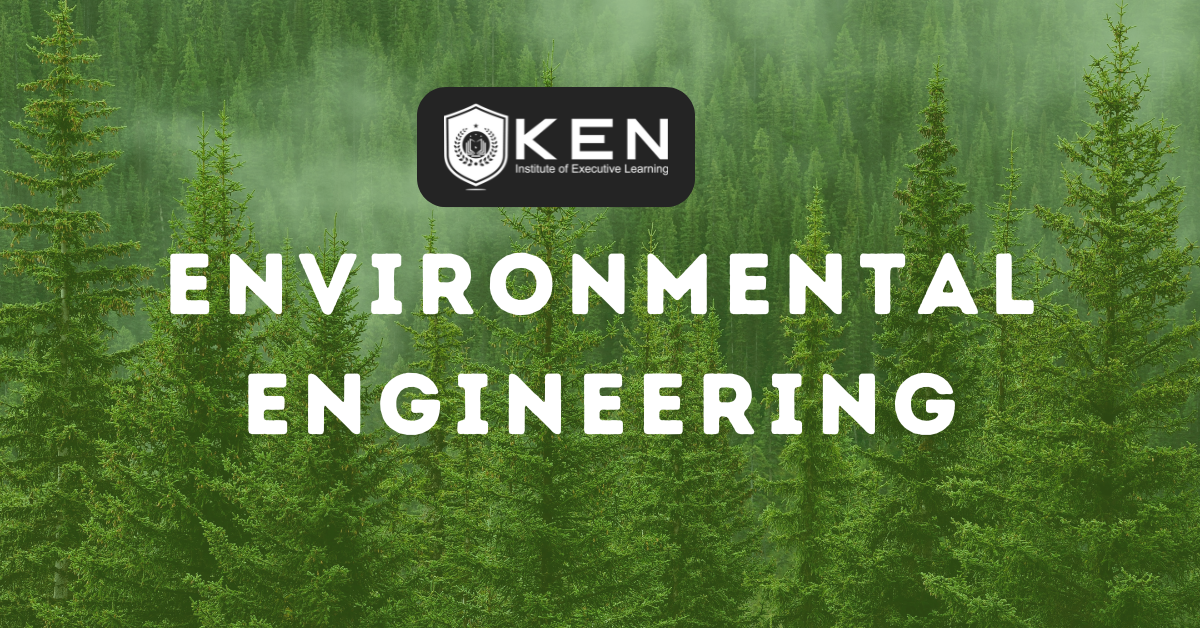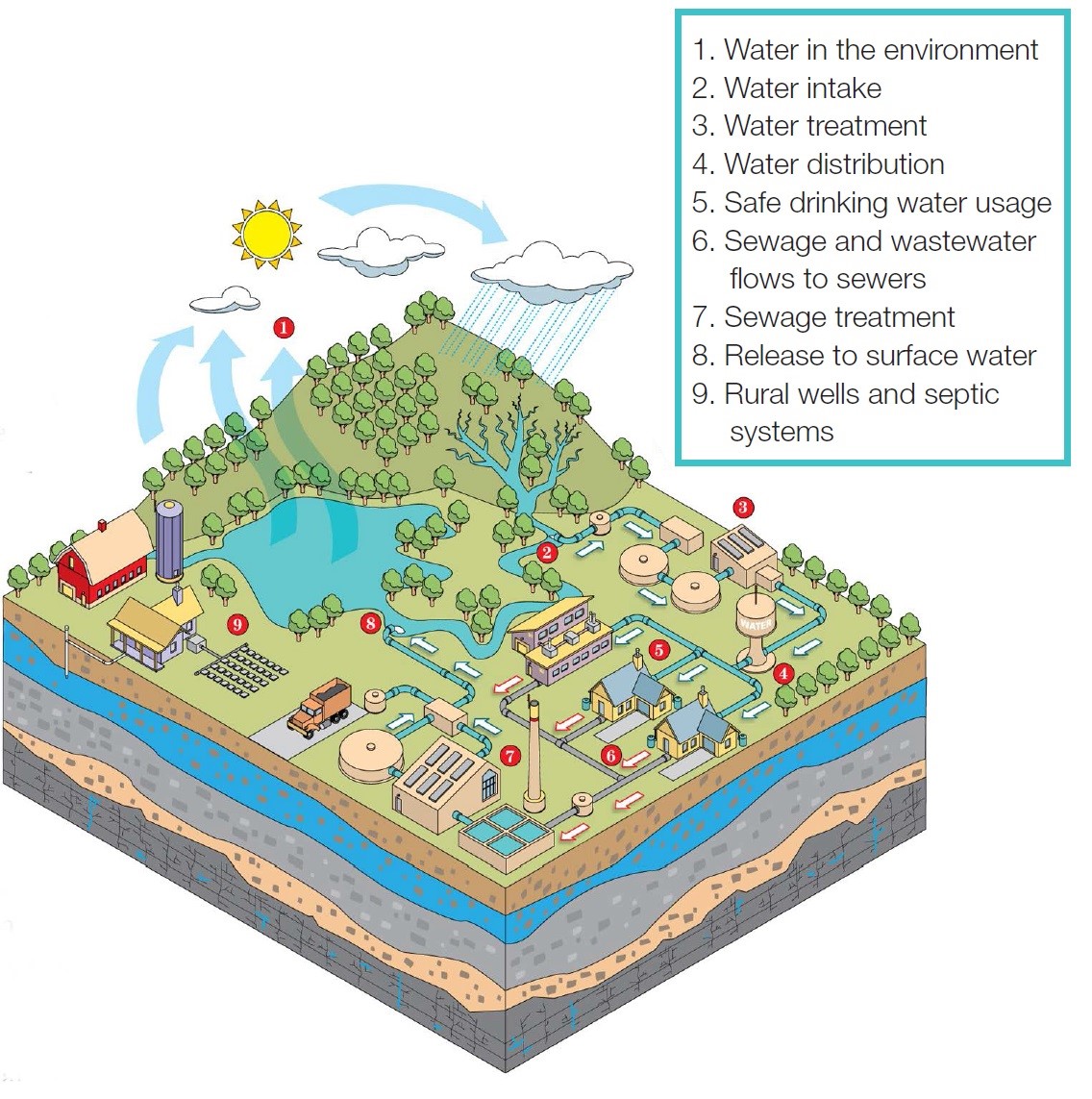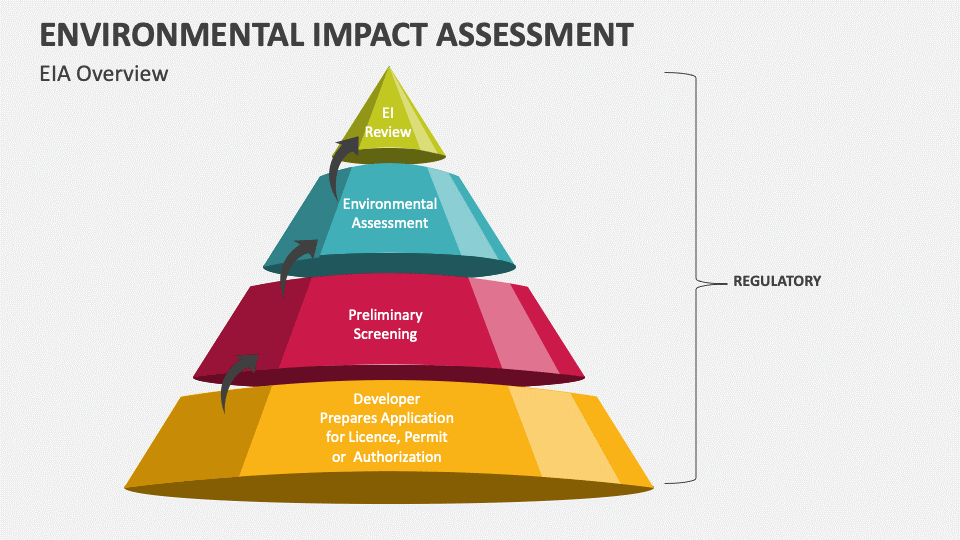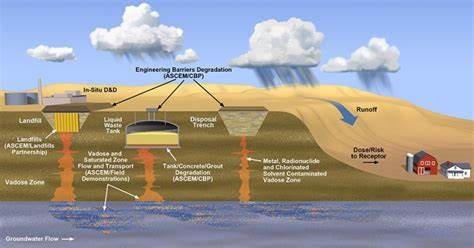
Environmental Engineering is a dynamic and interdisciplinary field that integrates knowledge from multiple scientific and engineering disciplines to develop innovative solutions for environmental challenges. It plays a critical role in advancing sustainable development and protecting the health and well-being of both people and the planet. Environmental engineering focuses on protecting and improving the environment using scientific and engineering principles. It involves the study and application of various processes to solve environmental problems and promote sustainability.
Here are some key aspects of Environmental Engineering:
Core Areas
Methodologies and
Applications
Core Areas of Environmental Engineering to Focus:
Water Quality and Treatment
This includes: Designing systems for water purification and wastewater treatment, ensuring safe drinking water supplies managing stormwater, and preventing water pollution.
Drinking Water Treatment:
- Processes Involved: Coagulation, sedimentation, filtration, disinfection, and advanced treatments like membrane filtration and ion exchange.
- Designing Treatment Plants: Creating facilities that can handle varying water qualities and quantities.
- Ensuring Safety: Regular monitoring and compliance with standards such as those set by the Environmental Protection Agency (EPA) or World Health Organization (WHO).

Wastewater Treatment:
- Primary Treatment: Removing large particles and solids through screening and sedimentation.
- Secondary Treatment: Using biological processes, like activated sludge or biofilm reactors, to degrade organic matter.
- Tertiary Treatment: Advanced processes to remove nutrients, pathogens, and emerging contaminants like pharmaceuticals and personal care products.
- Innovative Techniques: Constructed wetlands, decentralized treatment systems, and nutrient recovery technologies.
Stormwater Management:
- Systems Design: Creating infrastructure to manage runoff, prevent flooding, and reduce pollution entering water bodies.
- Best Management Practices (BMPs): Green roofs, permeable pavements, rain gardens, and detention/retention basins.
2. Air Quality Management
- The field includes: Controlling air pollution from industrial sources and vehicles, developing technologies to reduce emissions of harmful pollutants, and Monitoring and modeling air quality.
Emission Control Technologies:
- Industrial Emissions: Installing scrubbers, filters, electrostatic precipitators, and catalytic converters.
- Vehicle Emissions: Advancements in engine design, alternative fuels, and emission control devices like diesel particulate filters.
Monitoring and Modeling:
- Air Quality Monitoring Networks: Using sensors and satellites to track pollutants.
- Dispersion Models: Predicting the spread and concentration of pollutants under various atmospheric conditions.

Regulatory Frameworks:
- Standards and Legislation: Clean Air Act, European Union air quality directives.
- Compliance and Enforcement: Ensuring industries meet regulatory requirements and taking corrective actions if necessary.
3. Waste Management
Managing the waste process consists of Designing and implementing systems for solid waste collection, recycling, and disposal is one of the crucial fields of Environmental Engineering, managing hazardous waste and mitigating its impact on the environment, and Promoting waste reduction and resource recovery.
Solid Waste Management:
- Collection and Transportation: Efficient systems for collecting residential, commercial, and industrial waste.
- Recycling and Resource Recovery: Sorting and processing materials to recover valuable resources and reduce landfill use.
- Landfill Design: Ensuring proper design and operation to minimize environmental impact, including leachate and gas management systems.
Hazardous Waste Management:
- Identification and Classification: Categorizing waste based on toxicity, reactivity, ignitability, and corrosivity.
- Treatment and Disposal: Methods like incineration, stabilization, and secure landfilling to safely manage hazardous waste.
4. Environmental Impact Assessment
This field contains the subjects: Evaluating the potential environmental impacts of proposed projects, developing strategies to mitigate negative impacts, and ensuring compliance with environmental regulations and standards.

Scoping and Screening:
- Initial Steps: Determining the scope and scale of potential impacts and identifying key areas of concern.
- Stakeholder Engagement: Involving the public, governmental bodies, and other stakeholders in the assessment process is also an important subject of Environmental Engineering.
Impact Analysis:
- Methodologies: Using tools like Geographic Information Systems (GIS), ecological models, and risk assessments.
- Cumulative Impacts: Evaluating the combined effects of multiple projects or activities over time.
- Mitigation and Management:
- Developing Plans: Creating strategies to avoid, minimize, or compensate for adverse impacts.
- Monitoring Programs: Ensuring that mitigation measures are effective and making adjustments as needed.
5. Sustainable Development
This consists of Promoting the use of renewable energy sources, designing sustainable urban infrastructure and green buildings, and encouraging conservation of natural resources.
Renewable Energy:
- Technologies: Solar, wind, hydro, geothermal, and biomass energy.
- Integration: Incorporating renewable energy sources into existing power grids and infrastructures.
Green Building and Urban Design:
- Principles: Energy efficiency, water conservation, use of sustainable materials, and indoor environmental quality.
- Certifications: LEED (Leadership in Energy and Environmental Design), BREEAM (Building Research Establishment Environmental Assessment Method).

Resource Management:
- Conservation Strategies: Protecting natural habitats, promoting biodiversity, and sustainable land use planning.
- Circular Economy: Designing products and systems that reduce waste, reuse materials, and recycle resources.
6. Climate Change Mitigation and Adaptation
In the recent global environmental crisis, this field of Environmental Engineering is the most vital. This includes Strategies as reducing greenhouse gas emissions, enhancing carbon sequestration, and developing resilient infrastructure and Technologies: Carbon capture and storage (CCS), climate-resilient crops, and coastal protection measures.
Environmental Nanotechnology:
- Applications: Using nanomaterials for water purification, air filtration, and environmental sensing.
- Safety and Regulation: Addressing potential environmental and health impacts of nanotechnology.

Eco-friendly Materials:
- Development: Creating biodegradable plastics, sustainable construction materials, and non-toxic chemicals.
- Applications: Reducing the environmental footprint of products and processes across various industries.
7. Soil and Groundwater Remediation:
This core area of Environmental Engineering includes: Cleaning up contaminated sites and restoring ecosystems, preventing and controlling soil erosion, and managing and treating groundwater contamination.

Contaminated Site Assessment:
- Characterization: Investigating the extent and nature of contamination through soil and groundwater sampling.
- Risk Assessment: Evaluating the potential risks to human health and the environment.
Remediation Techniques:
- Bioremediation: Using microorganisms to degrade contaminants.
- Phytoremediation: Using plants to absorb or degrade pollutants.
- Chemical Treatment: Applying reagents to neutralize or immobilize contaminants.
- Physical Methods: Excavation, soil washing, and thermal treatment.
Long-term Monitoring:
- Ensuring Effectiveness: Continuous monitoring of remediated sites to ensure that contaminant levels remain safe.
- Adaptive Management: Modifying remediation strategies based on monitoring results.
Skills and Tools necessary to study Environmental Engineering
- Mathematics and Physics: Essential for modeling environmental systems and designing solutions.
- Chemistry and Biology: Important for understanding pollution processes and developing treatment methods.
- Computer Modeling and Simulation: Used for predicting environmental impacts and optimizing engineering designs.
- Regulatory Knowledge: Understanding laws and regulations related to environmental protection.
- Project Management: Planning and overseeing environmental projects to ensure they are completed on time and within budget.
Career Opportunities after Environmental Engineering
Environmental engineers work in various settings, including government agencies, consulting firms, industry, and non-profit organizations. They may be involved in roles such as:
- Environmental Consultant
- Water resources engineer
- Air quality engineer
- Waste management specialist
- Sustainability coordinator
- Environmental health and safety officer

Summary
Environmental Engineering plays a crucial role in addressing the global challenges of pollution, climate change, and resource depletion, contributing to the overall goal of achieving a sustainable future.
Join Ken Institute and unlock a world of online courses in Occupational Health and Safety, Fire Safety, Environment and Sustainability, and Mechanical Engineering. Propel your career to new heights.
Get in touch with us at: info@keneducation.in,
Visit our website www.keneducation.in
Call us on +917569034271
Let’s connect on Facebook, YouTube, LinkedIn, and Instagram.

